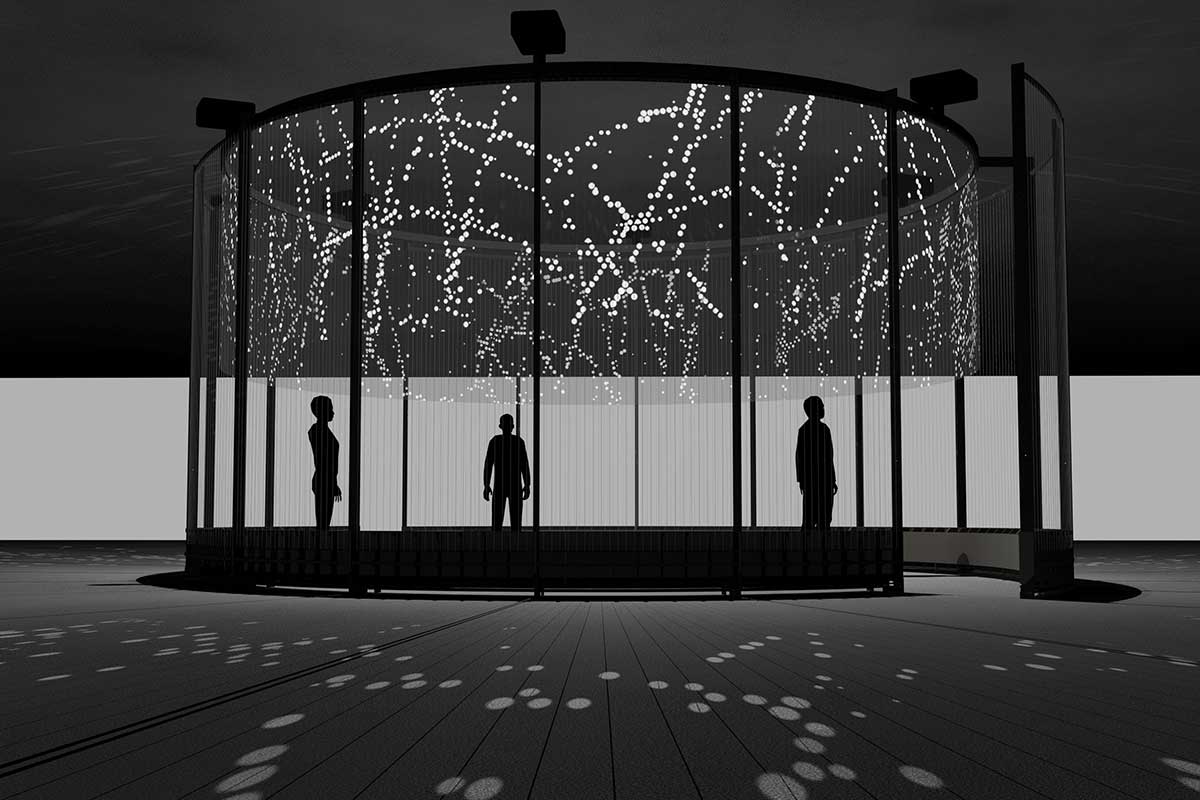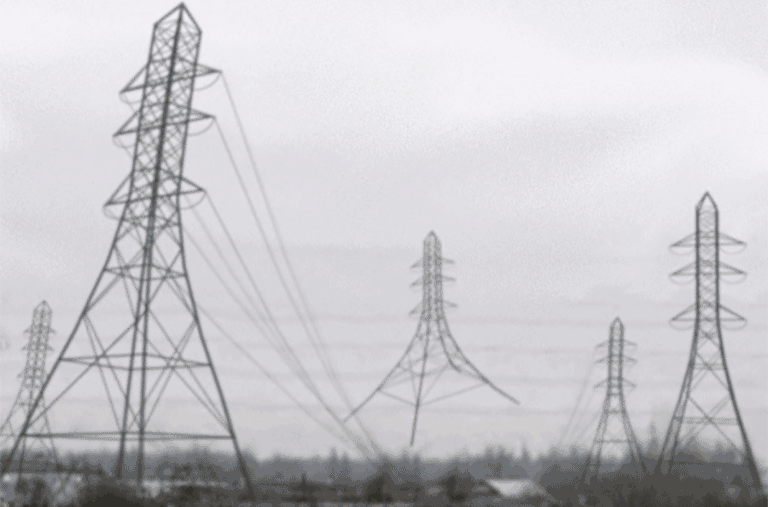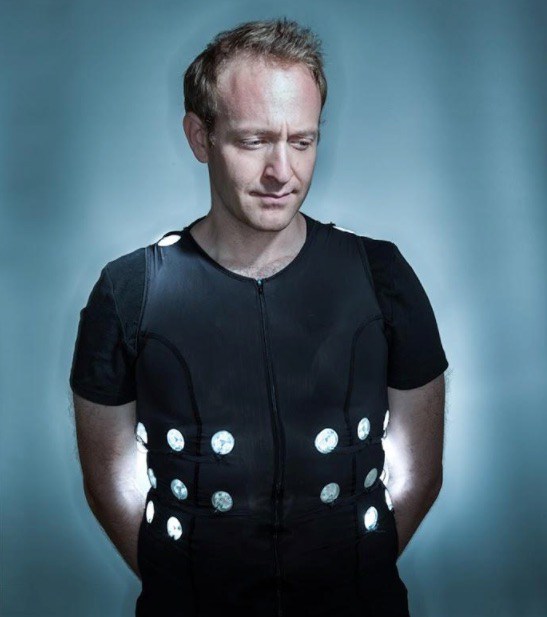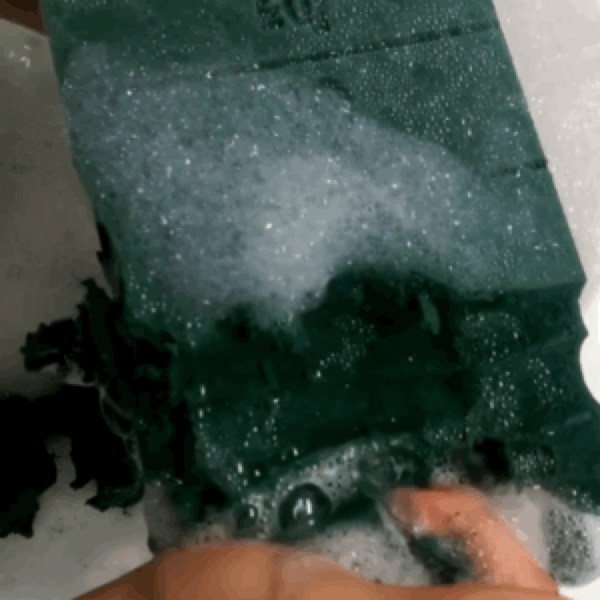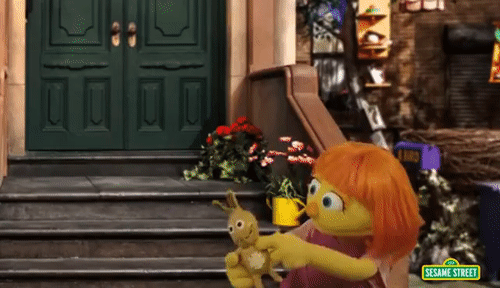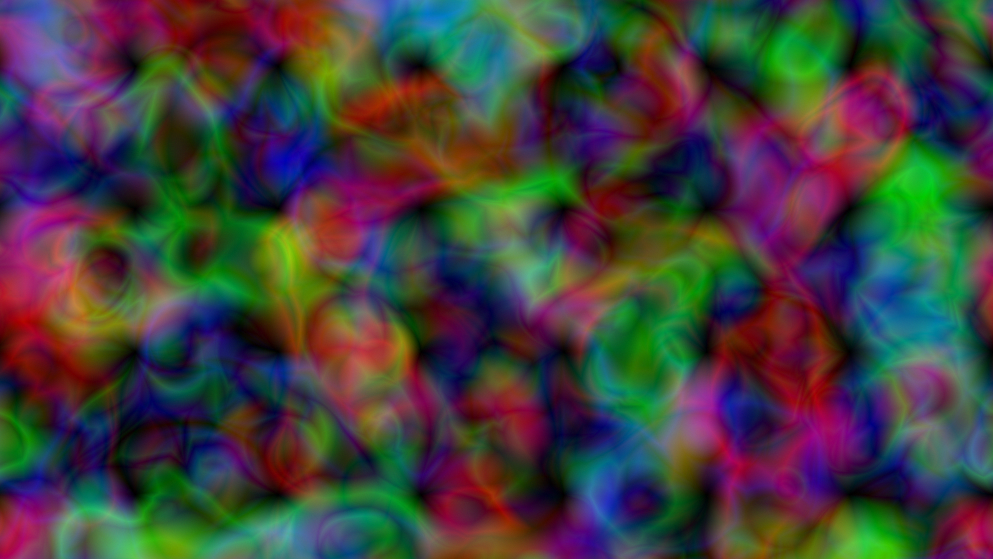“You have expressed an interest in capturing ‘the quick passage of time.’ How do you evoke this concept in your paintings?
Time…Man is looking at time constantly. He looks at the clock, he lives from hour to hour. It scares me. That’s why I try to capture time in my paintings. Stop time, a snippet of a second. I’m painting fast, I’m racing against time. A surreal challenge.
The concept of time irritates me. Man was born and has only a certain amount of time. That is life, unfortunately. This is reality. I have a big imagination. Sometimes I think it’s too big. I sometimes stop the time in my imagination. And I feel totally free, like I was the ocean. And this feeling I paint on the canvas.”

